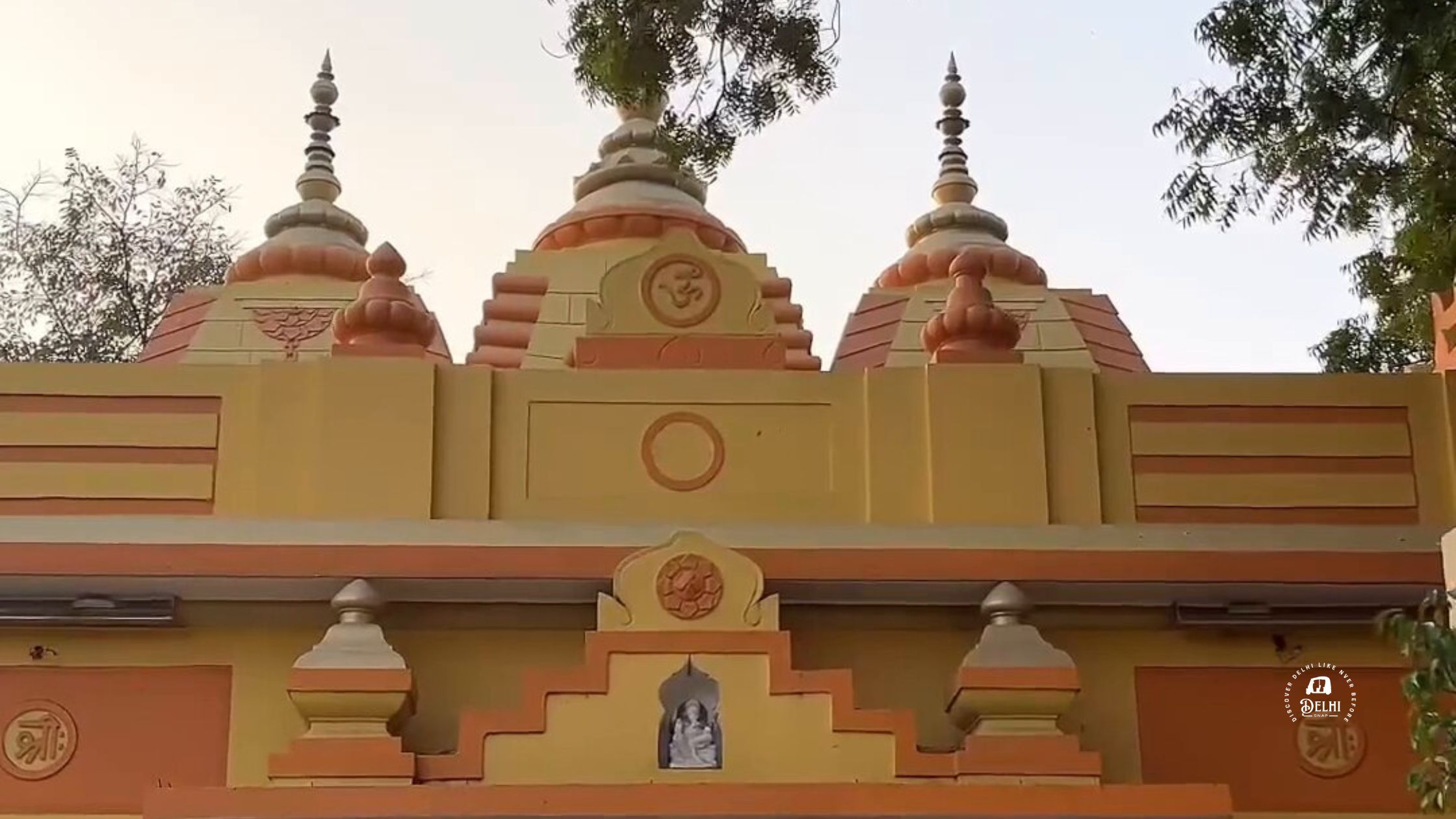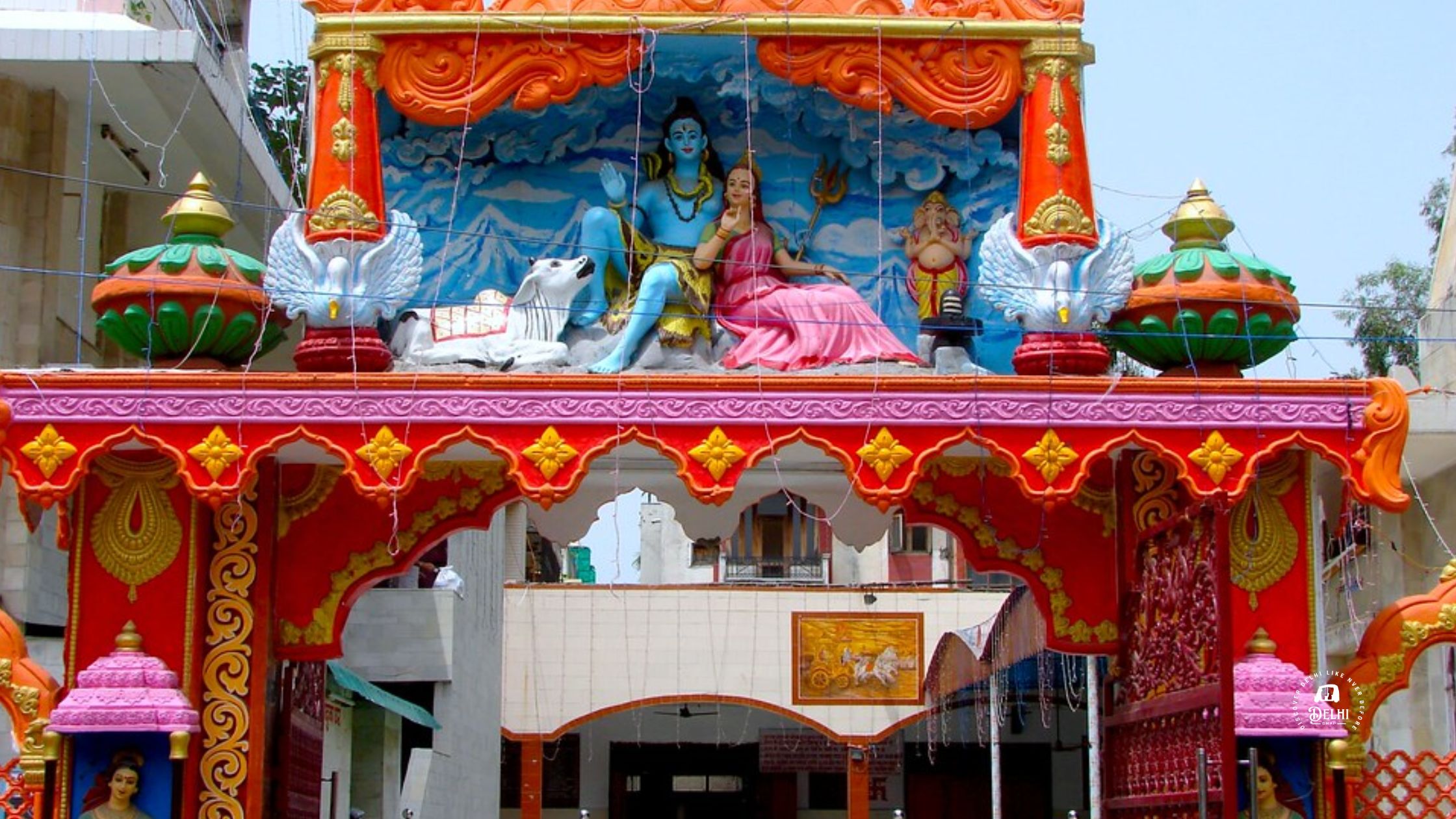Delhi, the vibrant capital of India, is home to numerous architectural marvels that bear witness to its rich history and cultural heritage. Among these magnificent structures stands the Digambar Jain Temple, an ancient and revered shrine dating back to the 17th century. Nestled in the bustling Chandni Chowk area, this temple is not only a testament to Mughal architecture but also a significant place of worship for Jains worldwide. Join us on a captivating journey as we explore the awe-inspiring Digambar Jain Temple, its fascinating history, exquisite architecture, and spiritual significance.
Unveiling the Rich History of Digambar Jain Temple
The roots of Digambar Jain Temple trace back to the golden era of the Mughal empire under Shah Jahan’s rule. Constructed by the benevolent Jain merchant Lalluji Mal, the temple embodies the grandeur of Mughal architectural style. With its rich history spanning centuries, this sacred place has stood the test of time, welcoming countless visitors seeking solace, enlightenment, and a deeper understanding of Jainism.
A Marvel of Mughal Architecture
The Digambar Jain Temple showcases the splendor of Mughal architecture, captivating visitors with its exquisite craftsmanship. Crafted from vibrant red sandstone, the temple’s façade exudes elegance and grace. Elaborate carvings adorn the structure, while four towering minarets stand tall, inviting devotees to engage in prayer and reflection. The grand entrance, adorned with intricate depictions of lions, beckons visitors into a world of spiritual enlightenment.
An Architectural Marvel Awaits Within
Stepping into the tranquil courtyard, visitors are embraced by the serene atmosphere and surrounded by a colonnade that leads to various shrines, a library, and a museum. Each shrine tells a unique story, offering glimpses into the profound teachings and lives of the 24 revered Tirthankaras. The main shrine, located at the heart of the temple, reverently houses a resplendent white marble statue of Mahavira, the 24th and final Tirthankara of Jainism. The statue’s intricate craftsmanship reflects devotion and artistic finesse.
A Place of Spiritual Significance
Digambar Jain Temple holds immense spiritual significance for Jains worldwide. It serves as a prominent pilgrimage site, drawing devotees from far and wide to seek solace, offer prayers, and deepen their understanding of Jain principles. The temple’s rich heritage and sanctity make it an essential destination for those interested in exploring Jainism and its profound teachings.
Embrace the Serenity and Beauty of Digambar Jain Temple
As visitors immerse themselves in the peaceful ambiance of Digambar Jain Temple, they witness the harmonious blending of art, spirituality, and cultural heritage. The temple’s allure extends beyond religious boundaries, captivating individuals with its architectural splendor and evoking a sense of reverence and tranquility.
Preserving the Legacy of Digambar Jain Temple
The dedicated efforts of the temple authorities and the local community have ensured the preservation and maintenance of Digambar Jain Temple. Their commitment to safeguarding this architectural gem ensures that future generations can continue to experience its divine beauty and connect with the profound teachings of Jainism.
A Journey of Enlightenment Awaits You
Embarking on a pilgrimage to Digambar Jain Temple promises an enriching experience for all who seek knowledge, serenity, and spiritual growth. Immerse yourself in the peaceful aura, marvel at the architectural wonders, and embrace the wisdom encapsulated within its walls.
Plan Your Visit to Digambar Jain Temple Today
For those eager to explore the captivating world of Digambar Jain Temple, planning a visit is an opportunity to immerse yourself in spirituality, history, and architectural brilliance. Here’s a comprehensive guide to help you make the most of your visit and create cherished memories at this remarkable site.
1. Timing your Visit
To optimize your experience at Digambar Jain Temple, consider timing your visit strategically. The temple is open throughout the year, but it’s advisable to check for any specific events or festivals that might impact visiting hours.
Arriving early in the morning allows you to enjoy a peaceful ambiance and avoid crowds. Alternatively, late afternoons can offer a serene setting for introspection and quiet contemplation.
2. Dress Code and Etiquette
Respecting the cultural and religious significance of the temple, it’s important to adhere to the dress code and follow proper etiquette. Dress modestly, covering your shoulders and knees, to show reverence and maintain the sanctity of the space.
It is customary to remove your shoes before entering the temple premises, so wear comfortable footwear that can be easily taken off. Remember to maintain a respectful demeanor, speak softly, and refrain from any behavior that may disrupt the tranquil environment.
3. Discovering the Temple Complex
Upon entering Digambar Jain Temple, prepare to be captivated by its awe-inspiring architecture and spiritual atmosphere. Take your time to explore the intricately designed courtyard, adorned with delicate carvings and surrounded by a colonnade.
As you wander through the complex, you’ll encounter various shrines dedicated to the revered Tirthankaras. Each shrine carries its unique significance, allowing you to connect with the teachings and stories associated with these enlightened beings.
4. Participate in Spiritual Discourses
To enrich your understanding of Jainism, inquire about any spiritual discourses or talks conducted within the temple premises. These sessions provide an opportunity to engage with knowledgeable Jain scholars, spiritual leaders, or monks who can offer profound insights into Jain philosophy, ethics, and the path to liberation.
Participating in these discourses allows you to gain a deeper appreciation of Jain principles and their relevance in today’s world.
5. Interact with the Jain Community
Engaging with the Jain community during your visit to Digambar Jain Temple offers a chance to learn from their lived experiences and cultural practices. Interact with the temple priests, scholars, or devotees to gain a deeper understanding of Jain rituals, traditions, and values.




